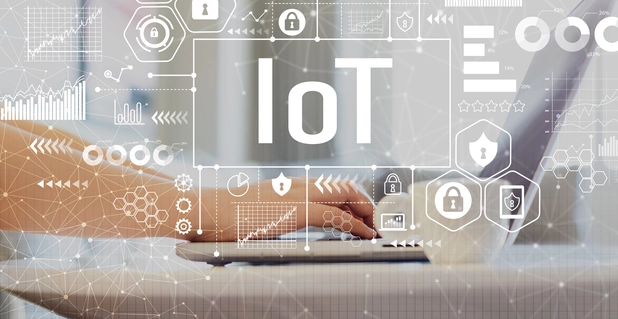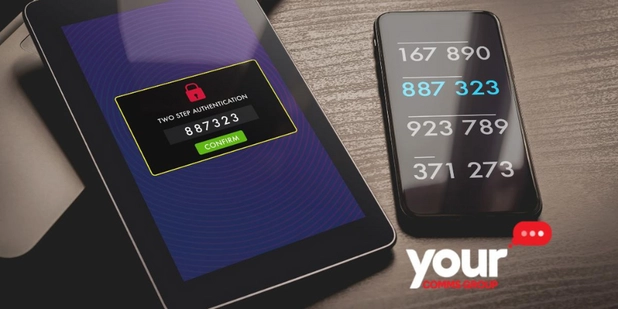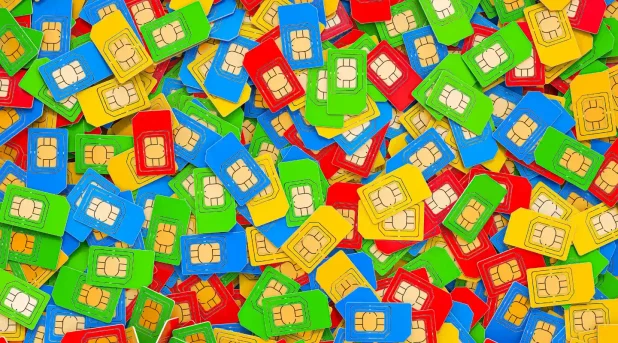How to Protect IoT Devices
How do I protect my IoT devices, and why is this so important? The unprecedented scale and speed at which the Internet of Things is expanding has...

A transformative and modern technological advancement, IoT (Internet of Things) devices are non-traditional devices that transmit data in a similar way to standard tools such as laptops, mobile phones, and tablets. Some examples include smartwatches, smart fridges, certain security systems, and the popular speakers Amazon Alexa and Google Home.
Managed by either integrated web servers or a software application, IoT devices are often remotely controlled and utilise internet connectivity. It is important that these smart devices are maintained in a state of security and reliability, meaning that IoT device management is essential. Acting as a monitoring tool, IoT device management software aids IoT devices by keeping an eye on the network and helping to manage and maintain the growing amount of interconnected intelligent objects, supporting all of their functional capabilities.
Of course, there are a variety of IoT device management platforms available. When selecting your IoT device management software, it is important to consider device compatibility and user accessibility. While most devices will work with most IoT device types and protocols, ensuring that the selected platform can support your device is key, as very few are universally interoperable. Similarly, managing a large number of devices can impact efficiency and ease of use, so it is important to choose a device management platform that works with the size and scale of your business.It’s important to keep your devices up to date, secure, and free from bugs. Comprehensive IoT device management software can help with all of this by providing advanced mechanisms for firmware and software over-the-air updates.
Sometimes, firmware bugs or operational issues can lead to device downtime. The diagnostic features provided by IoT device management can greatly reduce the impact of this by preventing a greater issue before it occurs, using analytic mechanisms to detect any breaches in security, and help you to figure out the reasoning behind any problems that may occur across your IoT devices.
IoT device management automatically groups your devices according to your specific needs, as well as adjusting the behaviour of your IoT to fit its purpose and project, saving the tedious task of manually changing your device settings.
Connecting your device to the internet for the first time is a necessary step, and it is important that it is done correctly. IoT device management provides secure provisioning, largely through the use of device authentication, which entails establishing a secure connection between the device and the Internet of Things service or platform. The device submits the credentials to the server as part of that procedure, and if it can be trusted, it receives additional configuration data. This helps to avoid any hostile attacks on your device and keeps everything running smoothly.
When your device reaches the end of its life, it is important to decommission your IoT securely, efficiently, and cost-effectively. IoT device management allows you to avoid data leaks, system outages, and bugs and viruses entering the device as a result of a system breach.
IoT device management is the best way to keep your Internet of Things devices running smoothly and safely.

How do I protect my IoT devices, and why is this so important? The unprecedented scale and speed at which the Internet of Things is expanding has...

What is an IoT SIM Card: An Easy Explanation. IoT devices (or Internet of Things) refers to any device connected to the internet. Devices can be...

IoT: what is it and why is it important? We live in a world where technology is constantly changing and advancing, with IoT being an example of one...